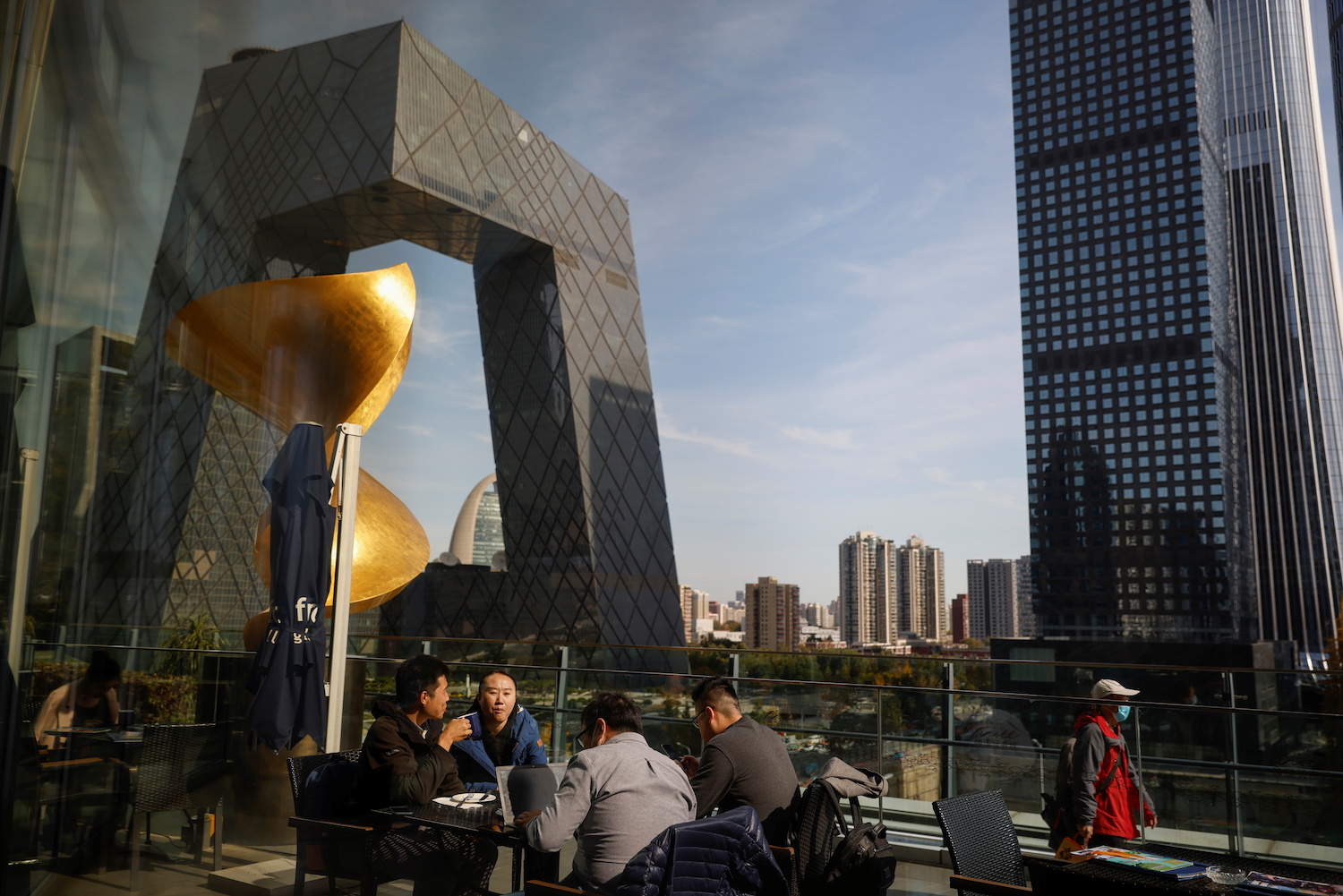(ATF) The US economy is recovering from a deep, short Covid-19 recession. GDP contracted 5% in Q1 and an eye-watering 31.4% in Q2 on an annualized basis. But aggressive monetary and fiscal policy support helped US growth rebound.
The unemployment rate has almost halved since it reached 14.7% in April. It is now just 7.9% as of September. The level of retail spending is already higher than it was pre-Covid. The sheer weight of policy support has resulted in one of the shortest recessions in US economic history.
The US is leading the developed world out of this global recession.
There are still risks. We still don’t have a vaccine for Covid-19. And the upcoming Presidential election is laced with uncertainty. Early in a recovery, the risk of fiscal and monetary policy error is high. But on balance, the US has responded relatively well to the pandemic from an economic perspective.
China’s response has also been remarkable.
China’s combination of monetary and fiscal policy support, Covid-19 restrictions and rapid, widespread testing has helped a strong economic recovery. China’s economy expanded in Q2 and Q3 after a deep decline in Q1. The International Monetary Fund forecast that China will be the only major economy to grow in 2020, with above-trend growth expected in 2021.
The Covid-19 recession is now behind in China.
Chinese policymakers will turn to the medium-term to ensure the actions taken in the near-term are not wasted. This week in a four-day meeting known as the plenum, the Communist Party’s Central Committee will focus on China’s 14th five-year plan. The framework will target the years from 2021 to 2025.
Recent five-year plans have moved China’s growth targets lower. China has focused on improving the quality of growth instead of maximizing the speed of growth.
Domestic growth has been key.
Domestic consumption contributes almost 60% of China’s GDP growth. Net exports on the other hand have averaged zero contribution to China’s GDP growth over the past five years.
The next five years will see a growing focus on domestic economic development. This will be part of the so-called “dual circulation” strategy.
Upgrading technology, increasing labour mobility
That will include a clear aim for technological progress and upgrading technology. Research and development budgets will probably be expanded in areas like robotics, 5G, semiconductors and artificial intelligence. Urbanization will be a big drive – including plans to further develop metropolitan areas and increase labour mobility by relaxing hukou restrictions. I also expect explicit support for private sector and SME growth including better access to credit.
China’s growth target is probably going to be closer to 5%.
This compares to 6.5% in the last five-year plan. If a 5% target is achieved, China would move to be a high-income country by 2025. China’s economy would surpass the US within the next decade.
This trajectory will do little to ease US-Chinese political tensions. Those tensions look set to persist regardless of who wins the US Presidential election. And those tensions, which now look structural, will almost certainly add to the focus on domestic growth and self-reliance in the upcoming five-year plan.
But don’t expect China to turn inward completely.
China has been on a financial reform path for much of the last decade. Capital market liberalisation has helped reduce some of the potential medium-term risks from a messy credit deleveraging. President Xi has also indicated China will further open to foreign capital and competition. The focus on higher quality growth, mentioned above will be key in attracting foreign direct investments and portfolio inflows.
China’s authorities should not waste this recession.
Now is the time to deepen financial reforms. China can further boost the role of capital markets and reduce the reliance on state-owned banks for funding. That will continue to alleviate the risks around capital misallocation. And those risks from a messy credit deleveraging will decline further, improving the economic outlook.
Investors need to focus on the medium-term.
The plenum has a history of driving near-term Chinese equity market volatility. In 2015, for example, five-year plan ended China’s one-child policy. Stocks that were related to child-care surged following the announcement. China’s onshore equity market is still prone to significant momentum, sentiment and speculation driven swings in response to policy announcements. That means potential near-term risk for sectors like renewables, technology, finance and defense.
But sensible investors should look beyond the near-term and see the bigger picture.
And the bigger picture is the five-year plan will refocus China’s attention on medium-term outcomes. And those outcomes are likely to be an ongoing recovery with China’s economic growth path remaining on a solid trajectory.
China’s equity market has traded sideways in a relatively tight range since the rapid rally in early July. Yes, there is near-term potential for sentiment driven trades, momentum-driven movements and speculative volatility. But the point is, focusing on the fundamentals still leaves China’s onshore equity markets looking attractive.
# Isaac Poole is the Global Chief Investment Officer for Oreana Financial Services, a wealth and asset management and consulting firm operating in Asia and Australia. Isaac previously worked as Head of Capital Market Research, Asia Pacific for Willis Towers Watson and holds a PhD in Economics from the University of Sydney.

ALSO SEE: Ignoring China govt bonds is not an option






















